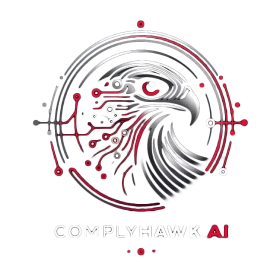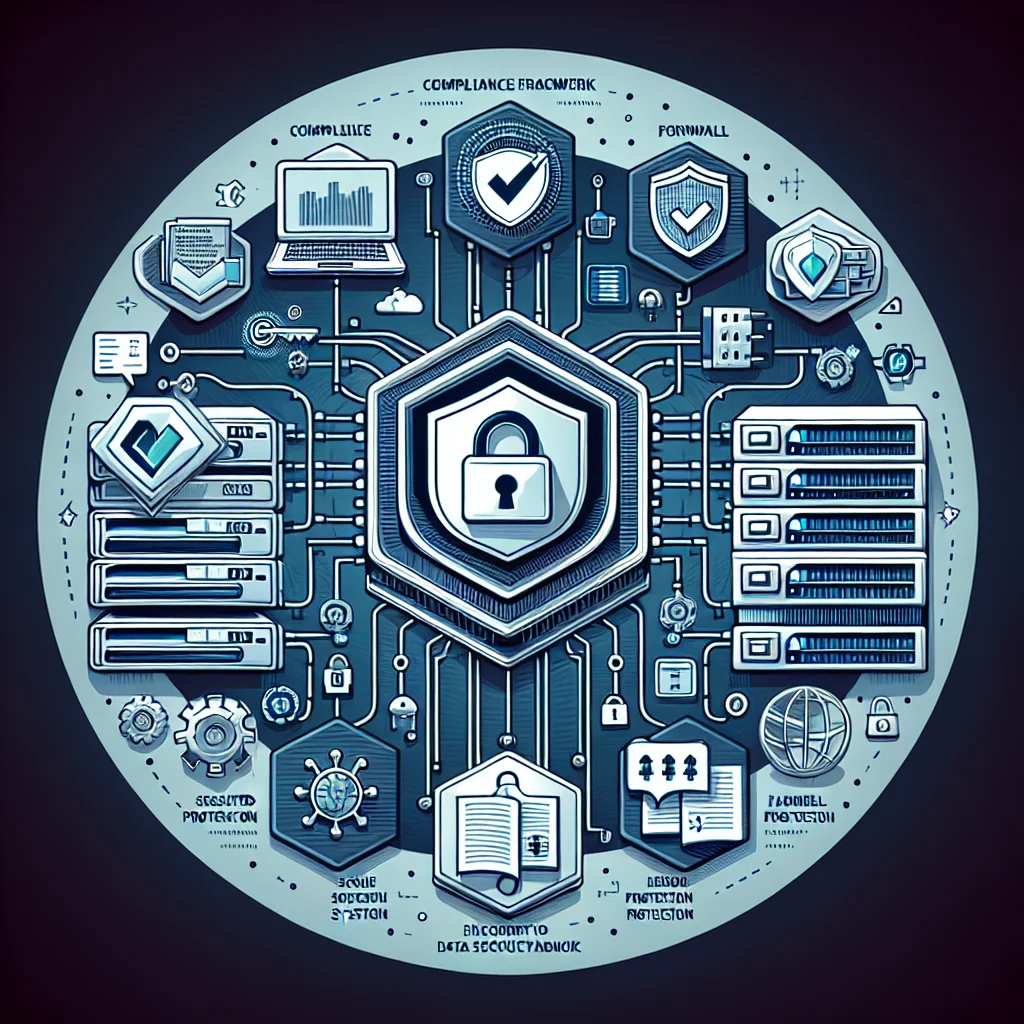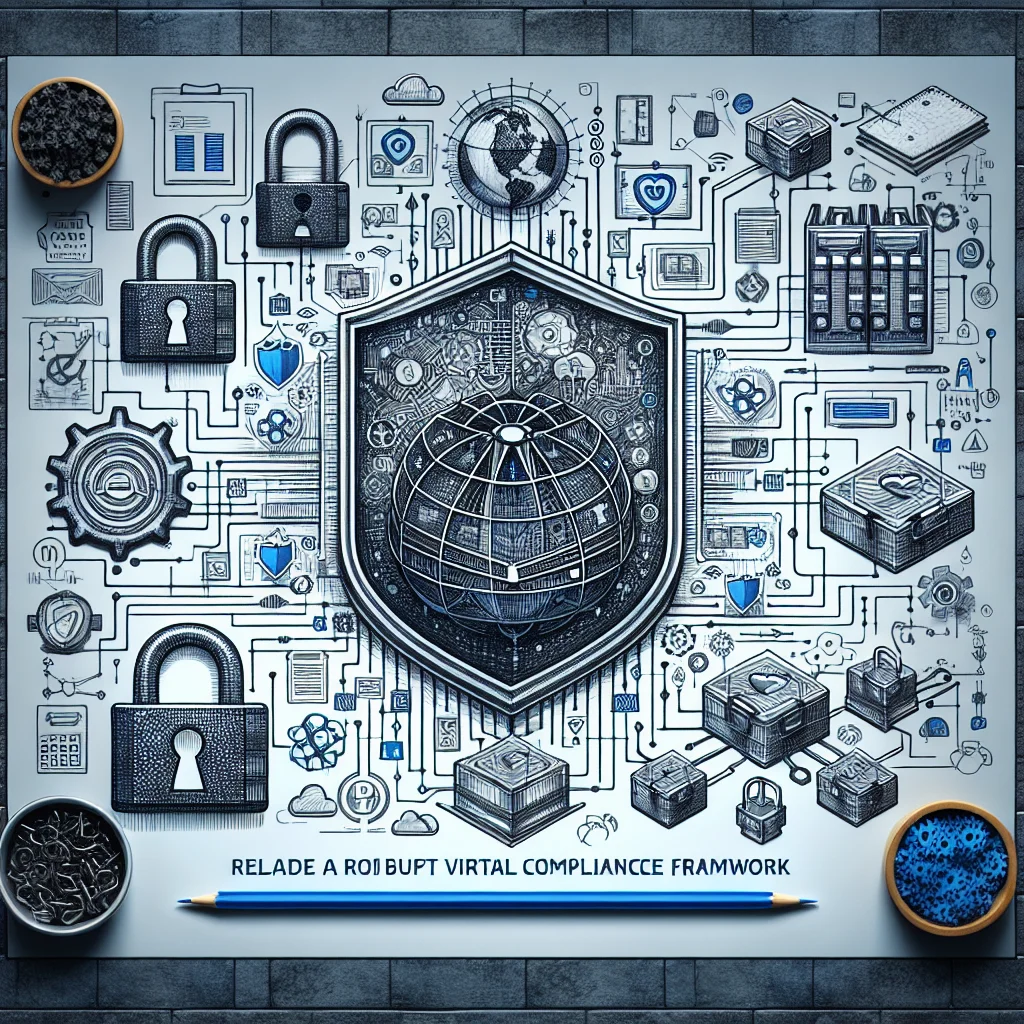Introduction
In today’s world, data privacy is not just a regulatory requirement; it’s a fundamental right for individuals and a crucial aspect of business operations. The National Institute of Standards and Technology (NIST) Privacy Framework provides organizations with a flexible and customizable approach to managing privacy risks. As a thought leader in data and IT security, I aim to demystify the NIST Privacy Framework and answer some of the most frequently asked questions by CISOs and IT professionals in the Middle East.
What is the NIST Privacy Framework?
The NIST Privacy Framework is a voluntary tool that organizations can use to manage privacy risks and integrate privacy into their enterprise risk management processes. It helps organizations identify, assess, and manage privacy risks more effectively and aligns with global privacy laws and standards.
Frequently Asked Questions (FAQs)
1. What is the purpose of the NIST Privacy Framework?
The primary purpose of the NIST Privacy Framework is to help organizations manage privacy risks and ensure that personal data is handled responsibly, ethically, and securely.
2. Who should use the NIST Privacy Framework?
The framework is designed for organizations of all sizes and sectors, including government agencies, private companies, and non-profits. It is particularly useful for CISOs and IT professionals responsible for data privacy and security.
3. How is the NIST Privacy Framework structured?
The framework is divided into three main components:
- Core: A set of privacy protection activities and outcomes.
- Profiles: The alignment of privacy activities with business needs and goals.
- Implementation Tiers: Levels of privacy risk management maturity.
4. What are the key functions of the NIST Privacy Framework?
The framework comprises five key functions:
- Identify: Understanding the organization’s privacy risks.
- Govern: Managing privacy risk governance.
- Control: Implementing privacy controls.
- Communicate: Ensuring effective communication about privacy risks.
- Protect: Safeguarding privacy through technical and administrative measures.
5. How does the NIST Privacy Framework differ from the NIST Cybersecurity Framework?
While both frameworks aim to manage risks, the Privacy Framework focuses on protecting individual privacy, whereas the Cybersecurity Framework targets overall cybersecurity measures. The Privacy Framework addresses data subject rights, data minimization, and transparency, which are not the primary focus of the Cybersecurity Framework.
6. What is the relationship between the NIST Privacy Framework and GDPR?
The NIST Privacy Framework aligns with the General Data Protection Regulation (GDPR) principles, making it easier for organizations to comply with GDPR requirements while using the framework to manage privacy risks.
7. Can the NIST Privacy Framework be integrated with other privacy laws and standards?
Yes, the framework is designed to be flexible and can be tailored to meet various international privacy laws and standards, including the CCPA, HIPAA, and ISO/IEC 27701.
8. How can organizations start implementing the NIST Privacy Framework?
Organizations should begin by conducting a privacy risk assessment, identifying current privacy practices, and aligning them with the framework’s core functions. Creating a privacy profile and determining the appropriate implementation tier are also essential steps.
9. What are privacy profiles in the NIST Privacy Framework?
Privacy profiles are tailored versions of the framework’s core functions that align with an organization’s specific privacy goals, business environment, and risk tolerance.
10. What are implementation tiers in the NIST Privacy Framework?
Implementation tiers represent an organization’s maturity level in managing privacy risks. They range from Tier 1 (Partial) to Tier 4 (Adaptive), with each tier reflecting a higher level of privacy risk management capability.
11. How can the NIST Privacy Framework help in managing third-party risks?
The framework provides guidance on assessing and managing privacy risks associated with third-party service providers. It emphasizes the importance of vendor management, contractual agreements, and continuous monitoring.
12. What are some common challenges in implementing the NIST Privacy Framework?
Common challenges include lack of resources, insufficient stakeholder buy-in, and difficulties in aligning the framework with existing privacy practices. Organizations may also face challenges in measuring the effectiveness of privacy controls.
13. How can organizations measure the effectiveness of the NIST Privacy Framework?
Organizations can measure effectiveness by regularly reviewing and updating privacy profiles, conducting privacy impact assessments, and tracking key performance indicators related to privacy risk management.
14. What role do employees play in the NIST Privacy Framework?
Employees play a crucial role in privacy risk management. Training and awareness programs are essential to ensure that employees understand their responsibilities and adhere to privacy policies and procedures.
15. How does the NIST Privacy Framework address data subject rights?
The framework emphasizes the importance of respecting data subject rights, such as access, rectification, erasure, and data portability. It provides guidance on implementing processes to handle data subject requests effectively.
16. What are the benefits of using the NIST Privacy Framework?
Benefits include improved privacy risk management, enhanced compliance with privacy laws, increased customer trust, and a proactive approach to privacy protection.
17. How can the NIST Privacy Framework support incident response and recovery?
The framework provides guidance on developing and implementing incident response plans that address privacy breaches. It emphasizes the importance of timely detection, investigation, and remediation of privacy incidents.
18. How does the NIST Privacy Framework align with Middle East-specific considerations?
In the Middle East, the framework can be tailored to align with regional privacy laws and cultural norms. It helps organizations address specific privacy challenges, such as cross-border data transfers and localization requirements.
19. What are some best practices for implementing the NIST Privacy Framework in the Middle East?
Best practices include conducting localized privacy risk assessments, engaging regional stakeholders, and staying updated on evolving privacy regulations. Collaboration with local industry groups and regulators can also enhance implementation efforts.
20. How can automated compliance platforms support the NIST Privacy Framework implementation?
Automated compliance platforms like Cyberarrow or Drata streamline the implementation process by providing tools for risk assessment, control management, and continuous monitoring. They offer real-time insights and automate compliance tasks, making it easier for organizations to manage privacy risks.
21. What resources are available for organizations looking to adopt the NIST Privacy Framework?
Organizations can access a variety of resources to assist in implementing the NIST Privacy Framework, including the official NIST documentation, webinars, guidance documents, and workshops. NIST also offers collaboration opportunities with industry experts and practitioners to facilitate knowledge sharing and best practices.
22. How often should organizations review and update their privacy policies under the NIST Privacy Framework?
Organizations should regularly review and update their privacy policies, ideally on an annual basis or whenever there is a significant change in business practices, technology, or applicable laws. This ensures that policies remain relevant and effective in addressing evolving privacy risks.
23. Can smaller organizations effectively use the NIST Privacy Framework?
Yes, smaller organizations can effectively use the NIST Privacy Framework. The framework’s flexible design allows organizations of any size to tailor its principles and practices according to their specific needs and available resources, making privacy risk management accessible for all.
24. What impact has the NIST Privacy Framework had on privacy culture within organizations?
The NIST Privacy Framework has positively influenced privacy culture within organizations by fostering a greater awareness of privacy risks and emphasizing the importance of integrating privacy considerations into business processes. This cultural shift helps encourage proactive privacy management across all levels of the organization.
25. How does the NIST Privacy Framework address emerging technologies and privacy risks?
The framework provides guidance on identifying and managing privacy risks associated with emerging technologies, such as artificial intelligence and big data analytics. It encourages organizations to assess these technologies’ impact on individual privacy and implement appropriate measures to mitigate risks.
26. Is NIST a legal requirement in the Middle East?
The NIST Privacy Framework is not a legal requirement in the Middle East; rather, it serves as a voluntary guideline that organizations can adopt to enhance their privacy practices. However, many countries in the region have their own privacy laws and regulations, which may mandate certain data protection measures. Organizations operating in the Middle East should consider both local legal requirements and the NIST framework as complementary approaches to establishing a robust privacy management program. By aligning with the framework, organizations can better prepare themselves to meet compliance obligations and build trust with customers and stakeholders.
Common Controls between Frameworks
When implementing the NIST Privacy Framework, it’s essential to recognize common controls that overlap with other frameworks such as ISO 27001 and PCI DSS. Here are some examples:
- ISO 27001 Clause A.1.2 (Information Security Policies): Aligns with the NIST Privacy Framework’s “Govern” function, emphasizing the importance of establishing, reviewing, and updating privacy policies.
- PCI DSS Requirement 3 (Protect Stored Cardholder Data): Corresponds with the NIST Privacy Framework’s “Protect” function, focusing on safeguarding sensitive information through encryption and access controls.
- ISO 27001 Clause A.12.4 (Logging and Monitoring): Relates to the NIST Privacy Framework’s “Detect” function, highlighting the need for continuous monitoring and logging to identify and respond to privacy incidents.
Conclusion
The NIST Privacy Framework is a powerful tool for managing privacy risks and ensuring compliance with global privacy standards. By adopting this framework, organizations can enhance their data protection efforts, build customer trust, and stay ahead of evolving privacy regulations.
If you’re a CISO or IT professional looking to streamline your compliance efforts and enhance your organization’s cybersecurity posture, consider partnering with an automated compliance platform such as ComplyHawk.
ComplyHawk specializes in the NIST Privacy Framework and provides tailored solutions to meet the unique needs of businesses in the Middle East. Get started today and take the first step towards achieving robust privacy risk management.



